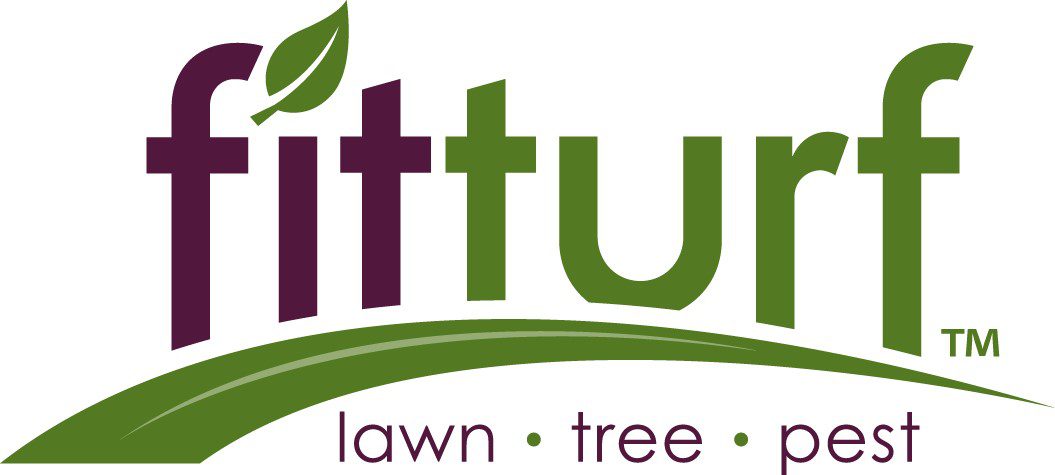How to Prevent Necrotic Ring Spot
Prevention of Necrotic Ring Spots on Colorado Lawns
It’s an unsightly blight on many lawns that we all have seen, but which few know how to describe; it is a necrotic ring spot, a disease affecting lawns in Denver and surrounding cities as well as many other regions. Necrotic ring spots are a parasitic form of fungi, which live in the soil and dead leaves throughout the calendar year. Spores are spread throughout the lawn, causing grass blades to appear straw yellow and dead from the tip down, thus causing rings of yellowed out grass with healthy grass growing inside the yellow ring. Necrotic ring spots are common on high-maintenance lawns in Colorado and can do a real number on lawns specifically with Kentucky bluegrass. The worst damage from necrotic ring spots happen in the spring and late in the fall.

Consult with Colorado Fit Turf locations in either Centennial or Westminster, which offer services that can stop necrotic ring spots dead in their yellow tracks. A disease that is not easy to control, Necrotic Ring spots most frequently attack sodded lawns early in the growing season before becoming much more evident as the weather gets warmer. Digging the rings out with a shovel (ridding the soil of disease spores), raking the area open, filling the hole with potting soil and over-seeding the area with a perennial ryegrass seed mixture, followed by light raking of the area, is the magic formula to control Necrotic Rings. Be sure to lightly step on the area for good contact between the soil and the seed, and to keep the seed bed moist for at least three weeks.
Use of complete fertilizers that include phosphorus, potassium and slow release nitrogen carriers can help prevent future necrotic ring spots. Other useful techniques include aerating the grass, keeping thatch down to less than 1/2-inch thick and avoiding over-fertilization with nitrogen during spring months.
A technician from Fit Turf can fertilize your lawn and advise you on the proper maintenance practices that will ensure that your lawn is healthy and free of diseases.

